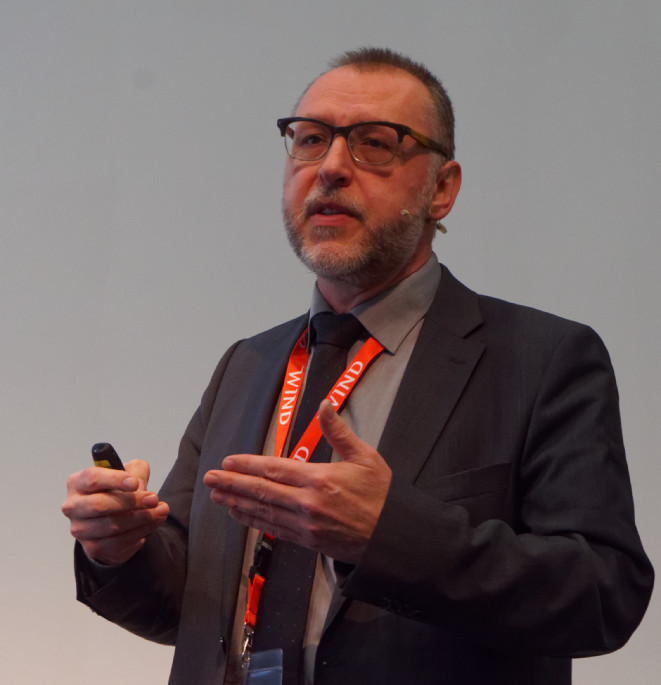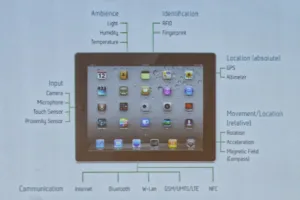 The third speaker of the morning session was Franz Koller of User Interface Design GmbH (UID), who looks at the “user experience” and who has been working in user testing since he worked on the Xerox Star system – which was the originator of the user interfaces for computers that was used by Apple. His company works on user interfaces for industrial machines and systems.
The third speaker of the morning session was Franz Koller of User Interface Design GmbH (UID), who looks at the “user experience” and who has been working in user testing since he worked on the Xerox Star system – which was the originator of the user interfaces for computers that was used by Apple. His company works on user interfaces for industrial machines and systems.
From an original concentration just on displays, the industry moved to study and improve usability. However, companies have now moved from usability to user experience (UX), partly driven by companies such as Apple that have made the user experience a centre of their development.
Industry 4.0 is a new phrase in Germany and represents the German concept of “The Internet of Things” (IoT) – talked of as the fourth industrial revolution. However, although Bitkom research says that 90% of German professionals see IoT as important, only about 6% feel ready to deal with it.
IoT production lines may become self controlling, so that machines talk between themselves and that will have profound consequences on the control and monitoring systems in factories, Koller said.
Usability has to cover “effectiveness, efficiency and satisfaction” and that was seen for a long time as being enough (frankly, on half the automated systems that I use, that would be a significant improvement! – Man. Ed.)
However, UX is about perception and responses – concepts such as joy, fun, appeal, challenge, self expression are all important, in addition to efficiency.
Research has shown that the user’s experience is affected by feelings of confidence in the system and in their ability to operate it. The more confident you are, the more you feel it’s a good product.
In an ideal world “the interface vanishes” – and the product gets “meaning” in people’s lives.
An example that Koller quoted was the CT scanner – the machine looks frightening, especially for children. GE developed it as the “Adventure Series”. The adventure starts with stories and books for children, some weeks before they are due to be scanned. It’s explained to the the children that they need to “Be very quiet and still so that the pirates don’t find you”. As a result, the children stay still during the scan, which has a dramatic effect on the scan results. Koller pointed out that the cost of this system is almost nothing, but the benefit is very high.
Smart devices are really important in Industry 4.0 and can be used for users to access data on intelligent machines. In industry, it makes sense to send data to devices that users may be carrying such as smartphones and tablets as well as having displays fixed to machines. However, users want to see the same quality of user experience that they get in other apps, so it takes some effort.
If mobile devices are used, then sensors can be exploited, for example, using Bluetooth LE or Wi-Fi for location detection within a factory.
Desktop applications cannot simply be transferred to mobile devices – mobile first is the right way, from Koller’s point of view. A trend in the industry is towards “consumerisation” which means that the standards of consumer apps are expected by users and again that can be a challenge.
The first native android app for machine control has now been developed by UID – and another that has an HTML5.0 interface to allow the integration of video. The software has a responsive design so that it can be used on a smartphone or a tablet. Koller said, returning to his point about users expectations for apps, that the user has to love the product. It’s also important for the application look to be consistent across different display interfaces.
He gave a great example of where a foot operated press had been replaced by one that was operated by a smart system. In this case, the company developed “Smart boots” so that the same foot pedal movement operated the machine. He also said that his firm tends to design “classical touch” for 50+ year old operators, but uses swipe for youngsters.
There is a lot of potential for visualisation, gestures and other input mechanisms.

